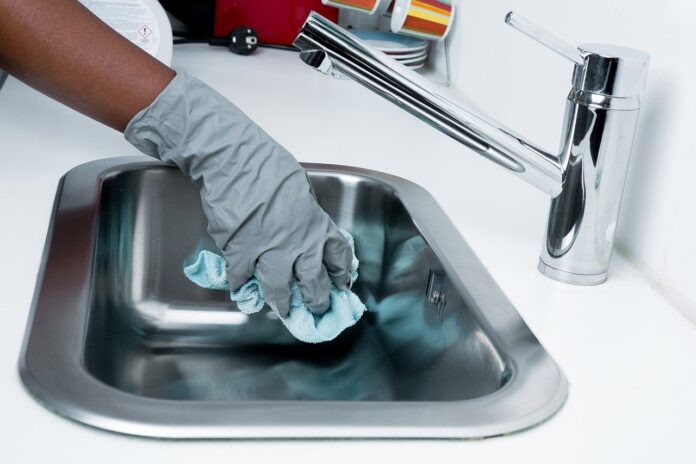Legionella prevention for care homes, healthcare premises and nursing homes is an important matter that needs to be carefully managed because the consequences of getting it wrong can ultimately be fatal. Operators and managers of care homes and healthcare premises have clearly defined the responsibilities set out by the Health and Safety Executive (HSE). These need to be fulfilled if care homes want to remain compliant with the current regulations governing the control of Legionella risks in care homes as well as residential nursing homes.
Failing to control Legionella bacteria, or being responsible for a Legionnaires’ disease outbreak, can be absolutely disastrous for a care home. Unnecessary risks must be avoided by implementing a Legionella risk assessment, or alternatively by training in-house personnel with a full Legionella management training program.
In 2016 the Reading Borough Council was actually fined £100,000 when a pensioner died after contracting Legionella in a care home. A care home in Leicester was also fined £17,000 for a number of failings, which included not implementing measures to control Legionella bacteria. A couple of years before that, in 2014, a nursing home in Hull was also fined for not formally notifying the authorities that its water supply and system had tested positive for Legionella bacteria. Such cases serve as reminders that it is just not worth taking risks when it comes to Legionella. If you take unnecessary risks, you could seriously damage your care home’s reputation and viability, not to mention that you could risk vulnerable lives.
Legionella and Legionnaires’ Disease
Legionnaires’ disease is a deadly pneumonia that can be caused by Legionella bacteria. Legionella naturally occurs in lakes, rivers and other water bodies and can also be found in commercial or residential water supplies. It is usually contracted by inhaling small, airborne droplets that contain viable Legionella bacteria. Even though all of us are susceptible to infection, with patients and residents likely to be exceptionally vulnerable, water supplies in care homes need specific consideration.
Risk factors
Care homes and other healthcare facilities and premises need to pay especial attention to their Legionella control measures as they frequently have residents and patients that exhibit at least one of the major risk factors:
- Individuals who are over fifty years of age
- Individuals with diabetes
- Individuals with heart Disease
- Individuals with various respiratory conditions
- Smokers
However, we need to keep in mind that everyone is actually susceptible to Legionnaires’ disease to some extent.
Risk assessments
Perhaps you didn’t know, but Legionella risk assessments are actually mandatory in care homes. What should I expect from a Legionella risk assessment?
Each care home needs to appoint an individual duty holder, this person will be responsible for:
- Preparing a scheme for controlling risk
- Evaluating and identifying sources of hazards and risk
- Implementing and monitoring precautions
- Keeping records
How can we prevent Legionella in care homes?
Dutyholders need to take all the necessary precautions in order to prevent the risk of exposure to Legionella bacteria by having:
- an up-to-date risk assessment
- a scheme of control in place
- a diagram of the cold and hot water systems
- records of the tests, inspections and checks
The scheme of control will need to specify measures to take to guarantee that Legionella risk assessments remain effective and needs to be laid out clearly in an accessible manner. This needs to include:
- inspection of cold and hot water tanks once per year or as per the risk assessment
- yearly cleaning and servicing of thermostatic mixing valves
- regular flushing of unused rooms or little used outlets
- descaling and disinfection of taps, hoses and shower head
- temperature checks at least once per month

